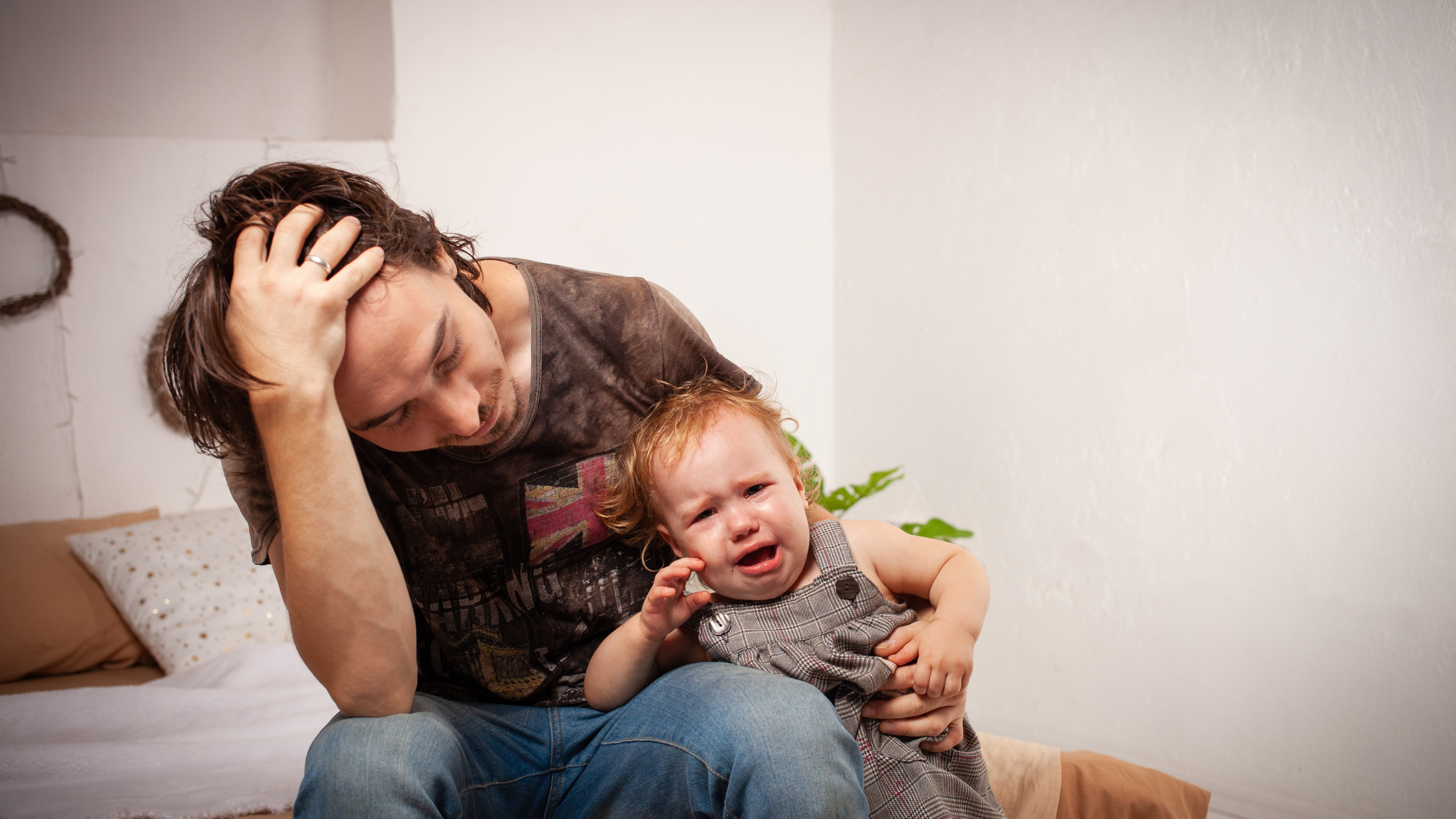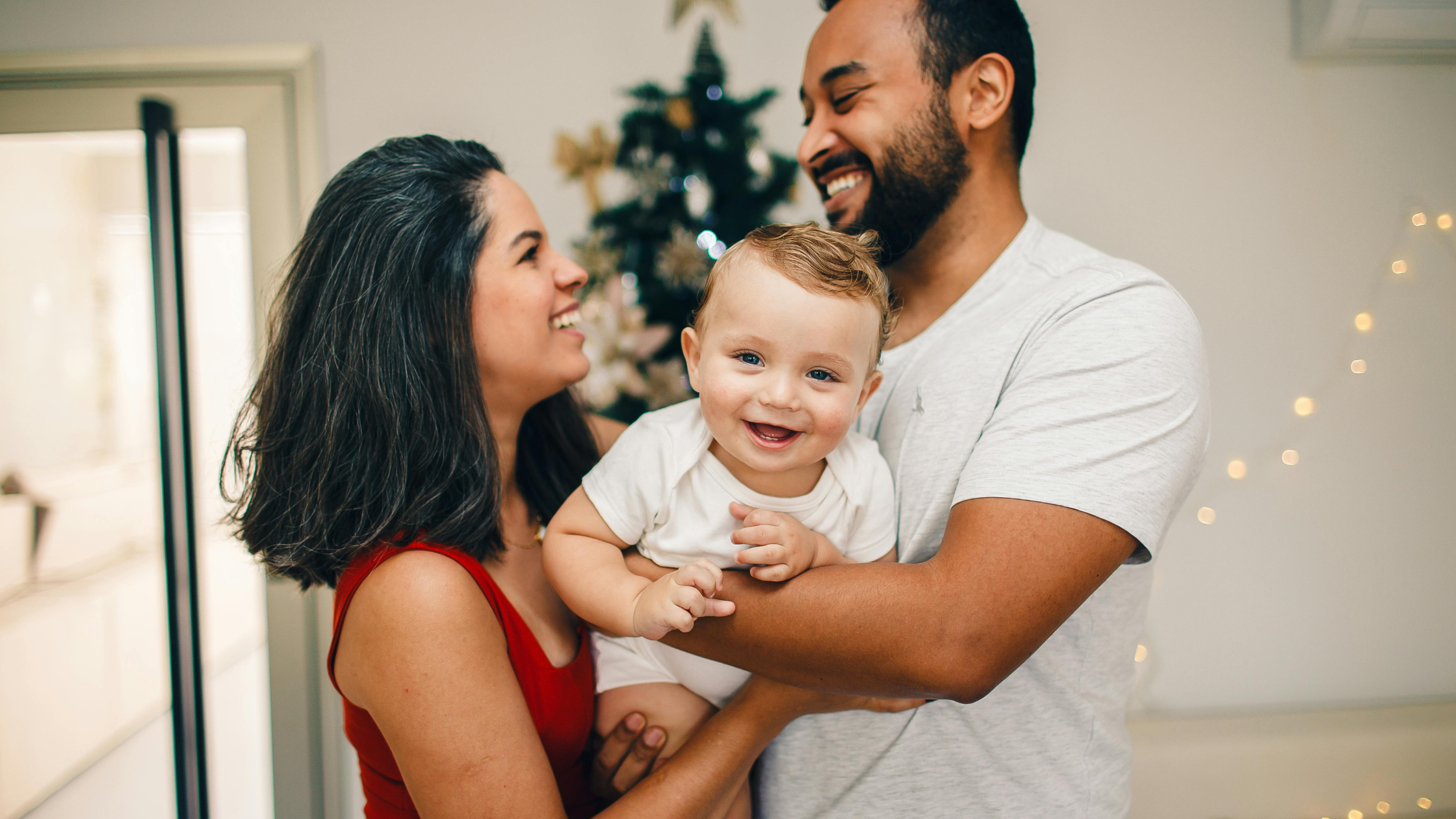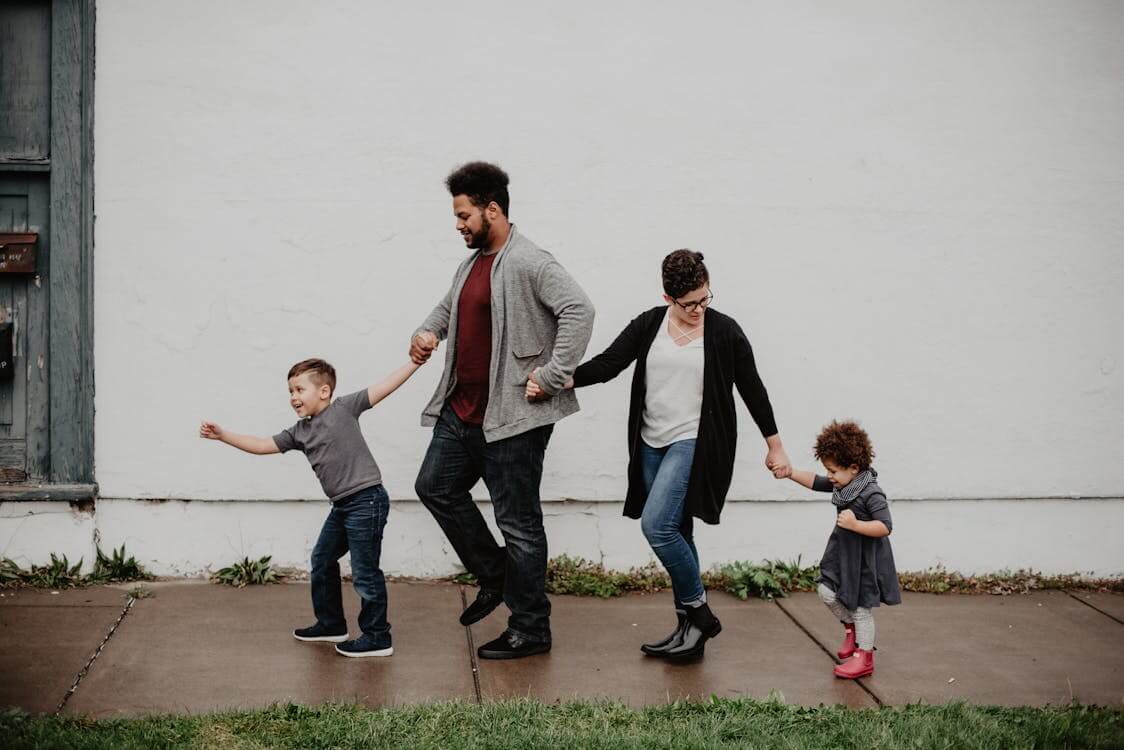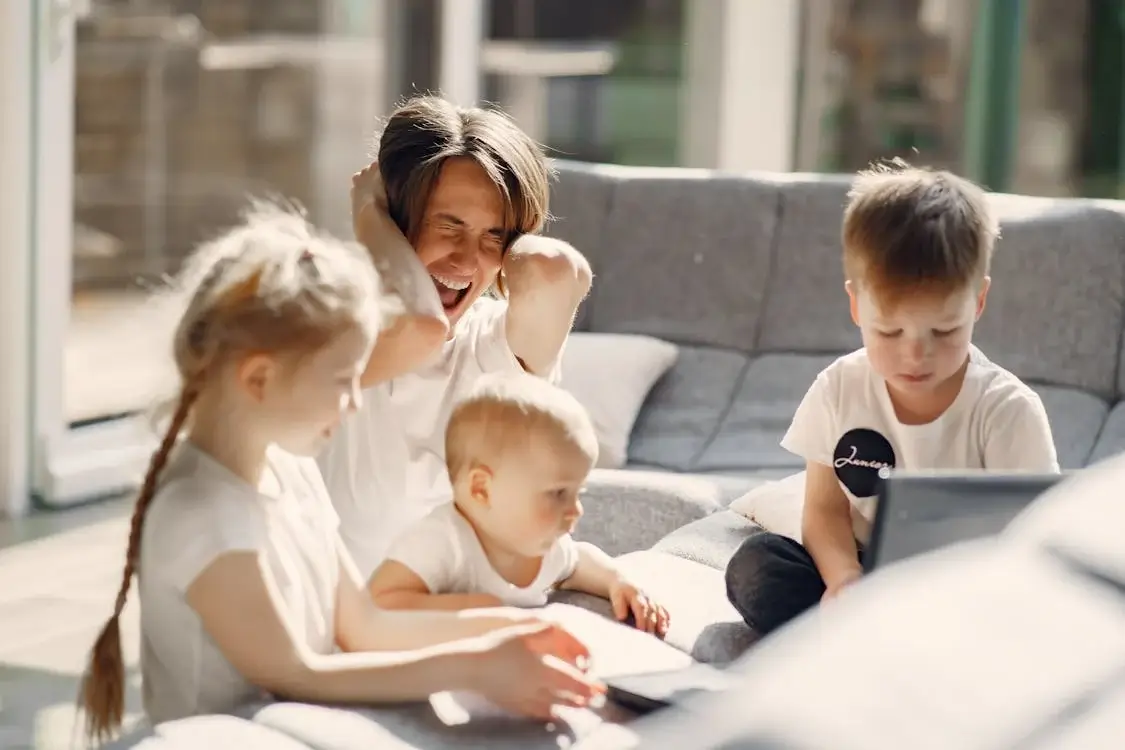I was listening to a podcast episode of Mayim Bialik’s Breakdown and her co-host/producer Jonathan painted such a fantastic picture of what emotion regulation skills should look like in children and adults alike.
As a mom of 3 with a doctorate in neuroscience, I aim to teach my kids emotion regulation skills that will help them identify various emotions and also know how to move past these emotions using strategies that work best for them.
Jonathan talks about a moment that caused him many strong emotions and how he usually ruminates when these moments occur (think deeply about it but in a way where you can’t let go of this thought). Many of us struggle with rumination, including myself, and according to studies, rumination is either a sign of anxiety or a risk of developing anxiety later on in young kids and teenagers.
Johnathan’s Story
Jonathan then explains how rather than ruminating, he first told his partner Mayim that he was feeling triggered by this particular event and was starting to feel his inner thoughts change and that he felt dysregulated (when your nervous system moves away from a calm regulated state). After the event was over, he knew he had to do something to help himself move passed the many emotions he was experiencing as a result of this event. He needed to cry and be alone as well as go for a walk. I found this particular moment from this episode extremely powerful and I applaud the 2 co-hosts for having this discussion on their podcast. What he described are healthy emotional regulation skills that help us identify emotions within our body, help us re-evaluate the intensity of the emotions and use tools specific to our own needs to help us move past the impact these strong emotions caused in us.
My recent experience with keeping my emotions to myself
I recently experienced something triggering with a family member. There is someone in my family that isn’t very receptive to feedback and snaps very easily. I spent a weekend with family and several family members for a wedding and this particular person kept saying and doing things that I would normally set a boundary around (something I have been working on for years). But I couldn’t set my boundaries because I knew it wasn’t the time and place. After 3 days, I literally felt physically ill and I thought I was coming down with something. My husband helped me realize that this was from bottled-up emotions I had accumulated over the weekend.
Luckily, my husband is my emotionally safe space. I wasn’t acting or feeling like myself and he had noticed this. It took me a day to realize that this was a result of 3 days of feeling angry/frustrated/annoyed and not having an outlet to express myself and also not being able to set boundaries around this person’s actions because of how THEY can’t handle their own emotions. I was an emotional mess!
He gave me a chance to let it all out. It felt so relieving! Then he said, “Now what? Now what do you need to do to get passed these feelings you have? Do you need to go for a walk? Yell out loud?”. Turns out I needed alone time to fold laundry (it had been out for over a week! I also needed time to read alone). In retrospect, I should have addressed how I was feeling throughout the weekend rather than keeping it all inside. This is not easy to do especially if the person you are with can’t regulate their own emotions or create that safe emotional space for you!
The science: Why Labeling emotions is an important first step
The first thing Jonathan did was label his emotion, he put a word to the internal feeling in his body. Labelling is an important first step in emotion regulation and is well-covered in research (here). This is why we need to start our children young when it comes to their emotional health. We need to give them the vocabulary to name and label various emotions (Dr. Mark Brackett from Yale University and Dr. Brene Brown name at least 64 emotions if not more!). We also need to help them figure out what helps them move past these emotions. Every child will be different which is why some mediation apps help some kids and don’t make a difference for other kids.
Questions you can ask your child after they experience strong emotions:
You can practice doing this for yourself and also teach your child or teenager how to do this. These questions allow you to understand how your body responds to stronger emotional events and think about how to get yourself out of these strong emotions.
-
Write down the event that led to the emotions you experienced.
-
Write down a list of emotions you experienced as a result of this event.
-
What thoughts did you have during these emotions? (evaluates your inner voice & self-compassion)
-
What helped you move past this emotion?
-
What can you say or do differently next time to reduce the intensity of these emotions you experienced because of this event or to help you move past it more comfortably?
We want to help children gain perspectives about their emotions. This needs to be developmentally appropriate of course. There isn’t an easy fix to our emotions and learning how first to recognize when we are emotionally triggered or experiencing strong emotions is an important first step!
Will you give this a try this week? Let me know below!
Resources:
Maternal depressive symptoms, rumination, and child emotion regulation














